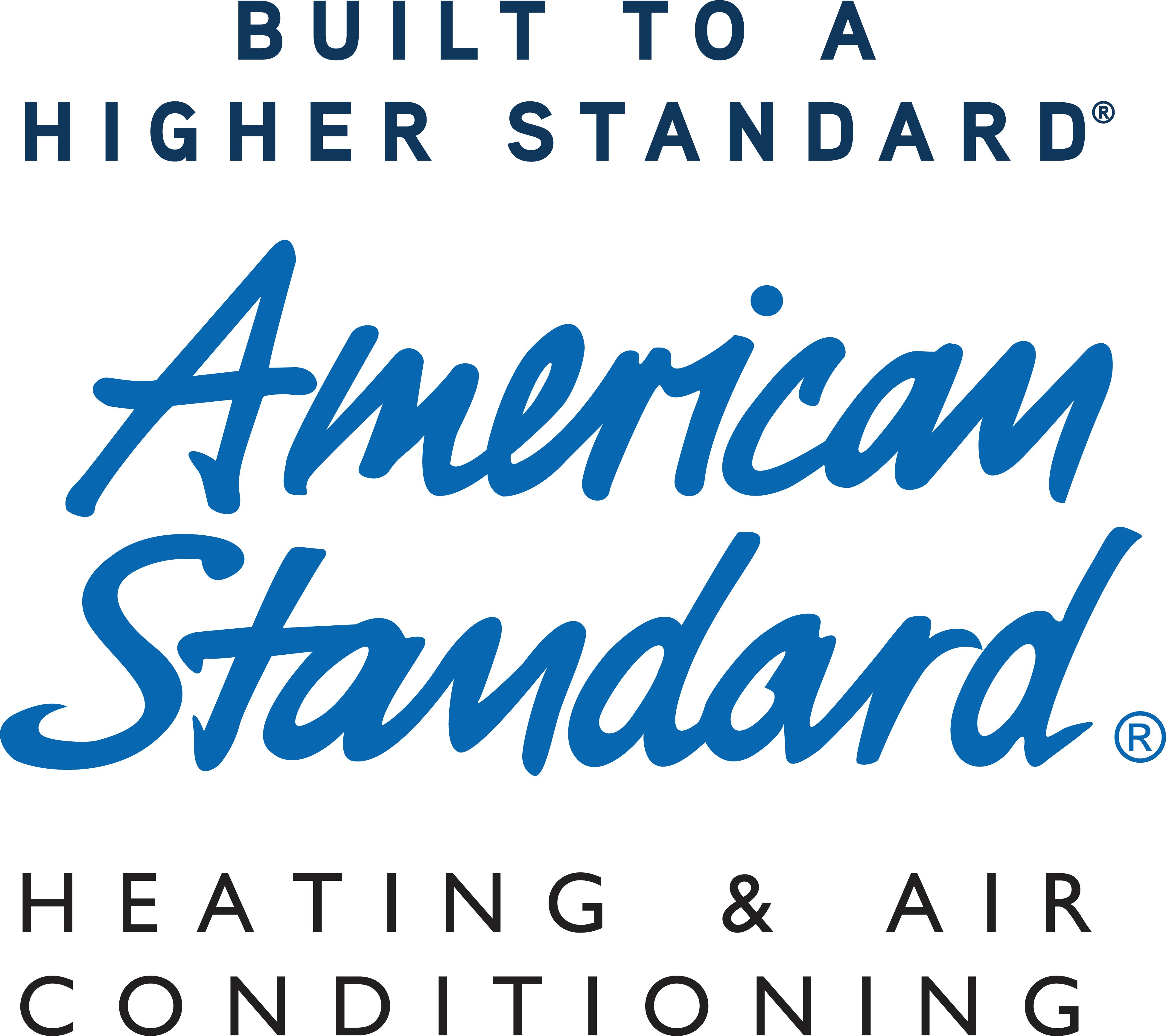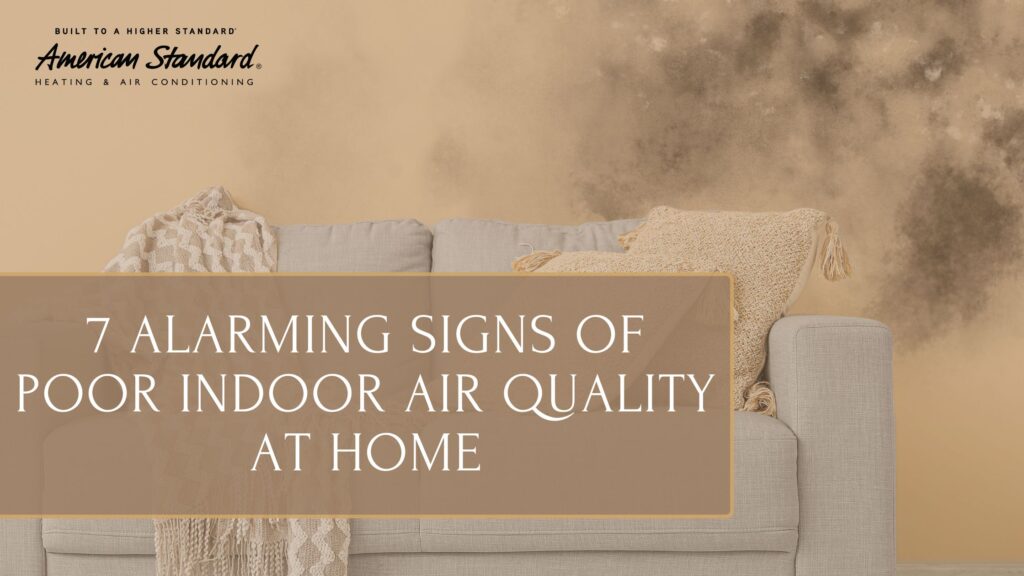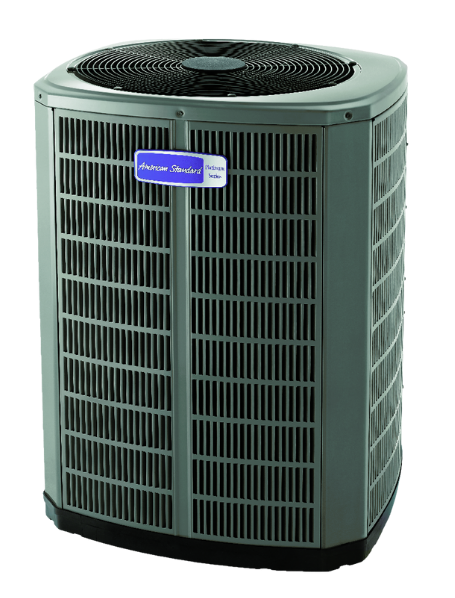7 Alarming Signs of Poor Indoor Air Quality at Home
Is the air inside your home making you sick? According to the Environmental Protection Agency (EPA), indoor air can be up to five times more polluted than outdoor air. With Americans spending up to 90% of their time indoors, recognizing the signs of poor indoor air quality (IAQ) is essential for protecting your health and comfort.
Poor indoor air doesn’t just affect people with allergies or asthma—it can impact anyone, especially children, seniors, and those with weakened immune systems. In this blog post, we’ll highlight seven alarming signs that your home may have poor IAQ, and offer practical solutions to help your family breathe easier.
1. Persistent Allergies or Respiratory Irritation
If you or your family members frequently experience sneezing, coughing, congestion, or sore throats, your indoor air could be the culprit. These symptoms are often mistaken for seasonal allergies or colds, but if they persist year-round or worsen when you’re indoors, it could be a sign of:
- Dust mites
- Pet dander
- Mold spores
- Pollen brought in from outdoors
What to Do:
- Use a HEPA vacuum and wash bedding regularly
- Replace HVAC filters every 1-3 months
- Schedule an indoor air quality inspection with a licensed HVAC professional
2. Lingering Odors
Unpleasant or lingering smells in your home could indicate poor ventilation and the accumulation of airborne pollutants. Musty odors often point to mold, while chemical smells could suggest volatile organic compounds (VOCs) from paint, cleaning products, or new furniture.
What to Do:
- Identify and remove the source of the odor
- Increase ventilation by using exhaust fans or opening windows
- Consider installing an energy recovery ventilator (ERV)
3. Visible Mold or Mildew
Mold thrives in damp, poorly ventilated areas like bathrooms, basements, or around windows. If you see green, black, or white spots on walls, ceilings, or HVAC vents, mold could be circulating through your air.
What to Do:
- Use a dehumidifier to keep humidity levels between 30-50%
- Clean mold-affected areas with mold-killing solutions
- Contact a professional to inspect and clean your HVAC system
4. Excessive Dust Buildup
If you constantly notice dust on furniture, vents, and electronics shortly after cleaning, it may be a sign your air filtration system isn’t working properly. Dust buildup can include dead skin cells, pollen, pet hair, and more.
What to Do:
- Use high-efficiency HVAC filters (MERV 11 or higher)
- Clean vents and ducts regularly
- Schedule routine HVAC maintenance
5. Humidity Imbalances
Indoor humidity plays a major role in air quality. High humidity encourages mold growth, while low humidity can cause dry skin, nosebleeds, and static electricity.
What to Do:
- Use a hygrometer to monitor humidity
- Install a whole-home dehumidifier or humidifier
- Ensure proper insulation and ventilation
6. Frequent Headaches or Fatigue
Poor air quality can contribute to fatigue, dizziness, and headaches. This may be due to carbon monoxide leaks, high levels of VOCs, or insufficient oxygen in tightly sealed homes.
What to Do:
- Install carbon monoxide detectors on every floor
- Use low-VOC cleaning and building materials
- Ensure your HVAC system is circulating fresh air
7. HVAC System Struggling
If your HVAC system seems to be running constantly, has clogged filters, or produces odd smells, it could be contributing to or suffering from poor air quality.
What to Do:
- Have your system professionally inspected
- Clean or replace filters and ducts
- Consider adding an air purifier or UV light system
Commonly Asked Questions (FAQs)
Q: How can I tell if my home’s air is unhealthy?
A: Signs include persistent respiratory symptoms, visible mold, excessive dust, musty smells, and high or low humidity. You can also use an indoor air quality monitor or contact an HVAC professional for a thorough assessment.
Q: Are air purifiers effective?
A: Yes. High-quality air purifiers, especially those installed in HVAC systems, can reduce airborne contaminants such as allergens, smoke, mold spores, and bacteria.
Q: Can poor air quality affect my sleep?
A: Absolutely. Contaminants in the air can lead to snoring, congestion, and poor sleep quality. Managing air quality can improve rest and overall well-being.
Q: What are VOCs and why are they dangerous?
A: VOCs (volatile organic compounds) are chemicals released by common household items. Long-term exposure can cause respiratory issues, headaches, and even liver or kidney damage.
Q: How often should I change my HVAC filters?
A: Every 1 to 3 months, depending on the filter type, pets, allergies, and usage. Regular replacement ensures clean air and efficient system operation.
Contact Us
Swinson Air Conditioning is your independently owned American Standard Heating and Air Conditioning Dealer, serving the Eastern Shore area. We are a locally owned and operated Customer Care Dealer and would love to become your trusted HVAC contractor.
Feel free to contact us via email or give us a call at 251-964-9009 for all of your HVAC needs this season. Whether you need an indoor air quality assessment, system upgrade, or regular maintenance, we’re here to help your family breathe cleaner, healthier air.
Easily book your service here.








